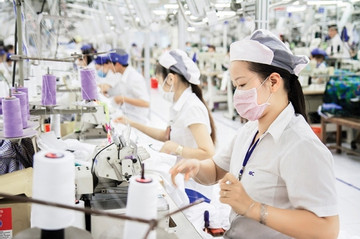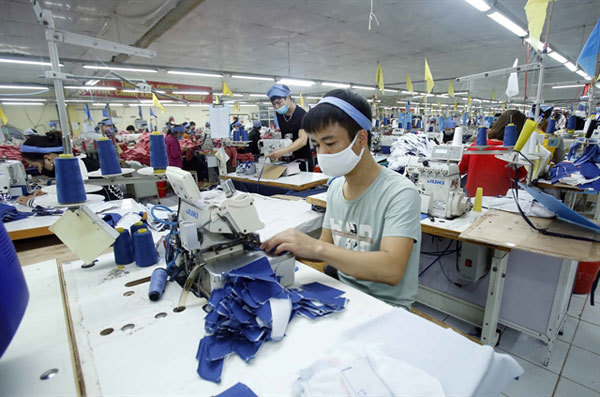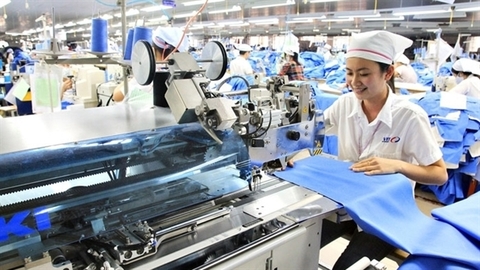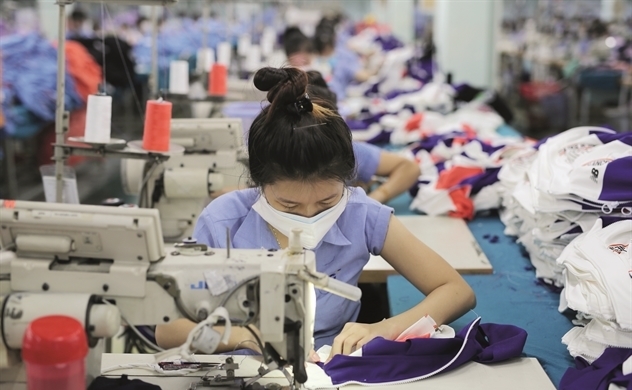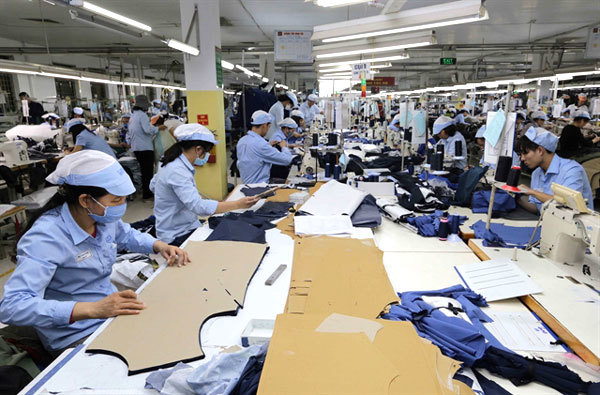- © Copyright of Vietnamnet Global.
- Tel: 024 3772 7988 Fax: (024) 37722734
- Email: [email protected]
textile and garment industry
Update news textile and garment industry
Textile and garment industry still has great demand for foreign capital
The textile and garment industry still has a great need to attract foreign capital for the production of fabrics, yarns and accessories to serve export needs to take advantage of tariff preferences from free trade agreements (FTAs).
Vietnamese textile and garment businesses facing compliance pressure
Vietnam's textile and apparel manufacturers are stepping up their efforts to comply with international standards for origin traceability.
Textile and garment production struggles due to lack of fabric
Vietnam’s underdeveloped fabric production is making it difficult for textile and garment businesses to take advantage of free trade agreements, including the Europe – Vietnam FTA (EVFTA).
Fabric production an issue for Vietnam's textile industry
Fabric production is a challenge for Vietnam's textile and garment industry when it comes to free trade agreements (FTAs) requirements on product origin.
Vietnamese textile and garment industry: difficulties still ahead
 With demand decreasing sharply, the textile and garment industry is expected to continue facing difficulties in Q2.
With demand decreasing sharply, the textile and garment industry is expected to continue facing difficulties in Q2.
Unable to find new markets, garment companies lower business targets
 Garment companies have been told to find new alternative markets as the US and EU are busy fighting against Covid-19.
Garment companies have been told to find new alternative markets as the US and EU are busy fighting against Covid-19.
Vietnamese enterprises look forward to urgent help
 Businesspeople say the impact of the COVID-19 epidemic on enterprises has been ‘beyond imagination’.
Businesspeople say the impact of the COVID-19 epidemic on enterprises has been ‘beyond imagination’.
VN garment export target of $40 billion a long shot
 The domestic textile and garment industry was still striving to reach its export revenue target of US$40 billion this year despite facing many difficulties, said Vu Duc Giang, chairman of the Vietnam Textile and Apparel Association (VITAS).
The domestic textile and garment industry was still striving to reach its export revenue target of US$40 billion this year despite facing many difficulties, said Vu Duc Giang, chairman of the Vietnam Textile and Apparel Association (VITAS).
VN textile and garments likely to hit $40b in exports this year
 Vietnam’s textile and garment industry was likely to reach its target of US$40 billion in export turnover this year despite facing difficulties in some markets.
Vietnam’s textile and garment industry was likely to reach its target of US$40 billion in export turnover this year despite facing difficulties in some markets.
VN businesses oppose reduction of working hours
 The business community has protested the Ministry of Labor, War Invalids and Social Affairs’ (MOLISA) intention to cut the weekly maximum working hours from 48 to 44 hours.
The business community has protested the Ministry of Labor, War Invalids and Social Affairs’ (MOLISA) intention to cut the weekly maximum working hours from 48 to 44 hours.

